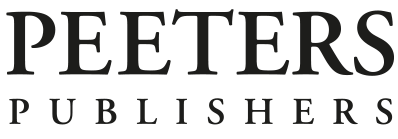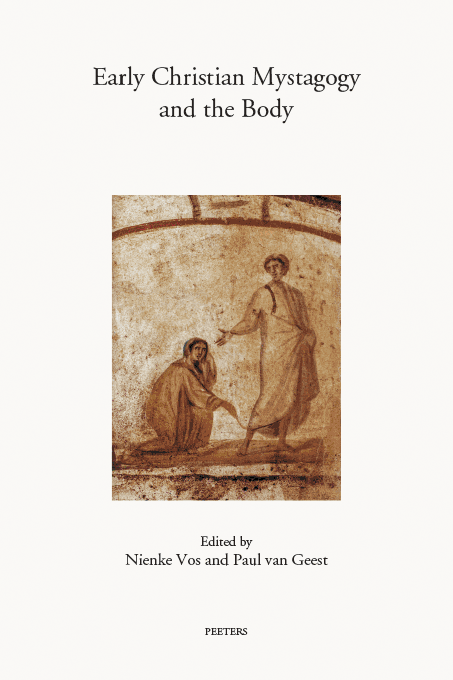

 0
EN
0
EN

This multidisciplinary volume focuses on the theme of early Christian mystagogy and the body. In the patristic tradition, mystagogy refers to the essential process of initiation into the divine mystery and existential transformation. In this context, the body is a challenging element, since it represents a contested topic in early Christianity, and the Christian tradition has often been accused of hostility towards the body. The reality is, however, more complex. As its core tenet of the incarnation testifies, the body is central to salvation in Christianity, which involves the healing and control, transformation and resurrection of the body. The contributions in this book explore precisely such paradoxical and kaleidoscopic perspectives. In a cohesive chronological progression, fundamental issues are discussed such as the sacraments, the embodiment of the soul, the ascetic tradition, and the cult of the saints including relics as conduits of healing and conversion. The timeframe is extensive, ranging from the second century into the medieval period, and the early Christian tradition is represented in all its diversity, including, for instance, Syriac sources. Due to its broad scope, this volume on early Christian mystagogy and the body offers a rich and thought-provoking contribution to the field of early Christian studies and beyond.



